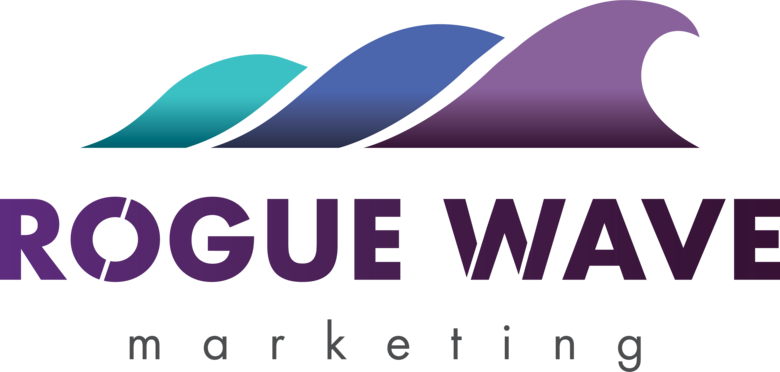
Your website’s design is undoubtedly important to convert visitors into customers when they arrive on your site. But what if we told you that some of those beautifully designed pages might not be loved by Google? This is where the concept of Search Engine Optimized (SEO) landing pages comes into play – pages that are meticulously crafted to be not only visually appealing but also optimized to be read and indexed by Google.
In today’s digital landscape, where millions of websites compete for attention, having a successful SEO landing page is key to achieving better search engine rankings and driving organic traffic. Let’s delve into the formula for creating a search engine optimized landing page that not only ranks in search engines but also converts visitors into valuable customers.
1. Laser-Focused Keyword Research:
The foundation of any SEO landing page is extensive keyword research. You need to identify the keywords and phrases that potential visitors are using to search for your products or services. These keywords will not only dictate the content but also the structure of your landing page.
2. High-Quality, Relevant Content:
Your landing page’s content should be informative, engaging, and directly related to the chosen keywords. It’s essential to provide value to your audience and address their needs or problems. Google rewards content that is relevant and helpful to users.
3. Clear and Compelling Headlines:
A catchy, keyword-rich headline is crucial for capturing your audience’s attention and communicating what your landing page is about. It’s the first thing visitors see, and it should give them a reason to keep reading.
4. Mobile-Friendly Design:
With the increasing number of users accessing websites on mobile devices, having a mobile-friendly design is not just an option – it’s a necessity. Google considers mobile-friendliness as a ranking factor, so ensure your landing page is responsive and loads quickly on all devices.
5. User-Friendly Navigation:
An intuitive and easy-to-navigate landing page is essential for user experience. Google values sites that prioritize user-friendliness. Ensure clear headings, subheadings, and a logical flow of information.
6. Optimized Meta Tags:
Craft compelling meta titles and descriptions that incorporate your target keywords. These elements appear in search results and can significantly impact click-through rates.
7. High-Quality Visuals:
Images and videos are vital for making your landing page engaging. Ensure that your visuals are of high quality, properly labeled with descriptive alt text, and optimized for fast loading.
8. Internal and External Links:
Incorporate both internal links to relevant pages on your site and authoritative external links to reputable sources. This can improve the user experience and demonstrate your content’s credibility.
How can we help?
At Rogue Wave Marketing, we reveal the uniqueness of every brand through inspirational and impactful messaging and content catered for your audience.
9. Strong Call to Action (CTA):
A clear and compelling CTA guides visitors on what action to take next. Whether it’s signing up for a newsletter, making a purchase, or downloading an ebook, your CTA should be prominent and persuasive.
10. Page Speed and Loading Time:
Google places a high premium on page speed. Slow-loading pages can negatively impact your search rankings and frustrate visitors. Optimize your landing page for speed by compressing images and minimizing code.
11. Social Sharing and Engagement:
Encourage social sharing by integrating social media buttons. Engagement on social platforms can indirectly influence your search rankings.
12. Ongoing Optimization:
SEO is not a set-it-and-forget-it process. Regularly monitor your landing page’s performance, track keyword rankings, and update content as needed. Google rewards fresh and up-to-date content.
13. Local Search Optimization:
If your business serves a local area or region, optimizing your landing page for local search is crucial. This involves including location-specific keywords, such as your city or region, in your content, meta tags, and headings. Additionally, ensure your business’s name, address, and phone number (NAP) information is consistent and accurate across the web, especially on your landing page. This consistency helps search engines like Google understand your business’s location and improve your chances of appearing in local search results and on platforms like Google Maps.
14. Backlinking to High Authority Websites:
Building backlinks from high authority websites is a fundamental aspect of SEO. Google considers backlinks as “votes of confidence” from other reputable sites. To incorporate backlinking into your SEO landing page strategy:
- Reach out to industry-related, high-authority websites and request links to your landing page.
- Create high-quality, shareable content that naturally attracts backlinks.
- Guest post on authoritative websites within your niche and include relevant links to your landing page.
- Monitor your backlink profile and disavow any low-quality or spammy links that could harm your page’s ranking.
Creating a search engine optimized landing page is a blend of art and science. It’s about delivering valuable content to your audience while adhering to the technical and on-page SEO guidelines that Google demands. By following this formula and continuously optimizing your pages, you can achieve higher search engine rankings, drive organic traffic, and ultimately convert more visitors into loyal customers. Remember, a successful SEO landing page is not just about getting noticed by Google; it’s about creating a lasting impression on your target audience.








